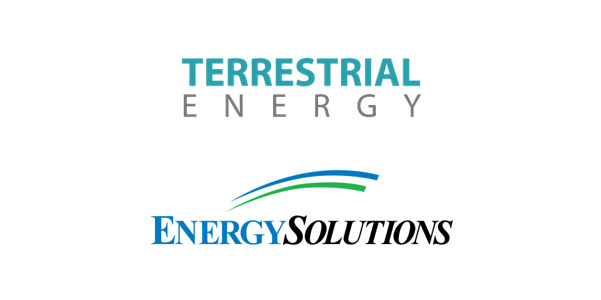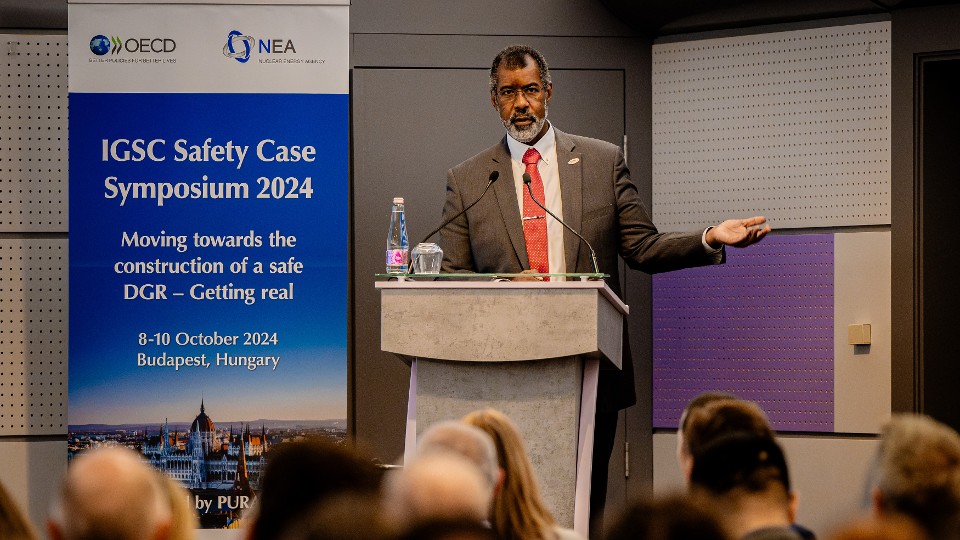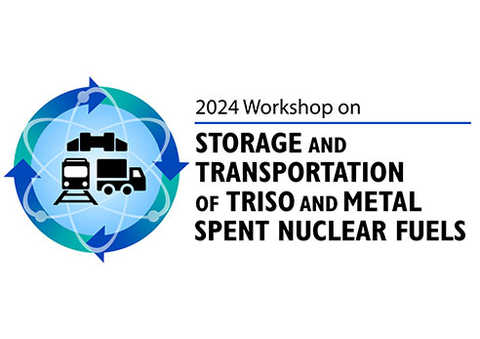According to the NRC, the objective of the proposed rule—“Emergency Preparedness Requirements for Small Modular Reactors and Other New Technologies”—is to create alternative emergency preparedness requirements that would (1) continue to provide reasonable assurance that adequate protective measures can and will be implemented by a small modular reactor or “other new technologies” licensee; (2) promote regulatory stability, predictability, and clarity; (3) reduce requests for exemptions from emergency preparedness requirements; (4) recognize advances in design and technology advancements embedded in new reactor designs; (5) credit safety enhancements in evolutionary and passive systems; and (6) credit potential benefits of smaller sized reactors and non-LWRs associated with postulated accidents, including slower transient response times and relatively small and slow release of fission products.
The complaint: “The original rulemaking plan from 2016 that the commission approved estimated the final rule’s publication in April 2020,” the August 1 missive stated. “In 2018, the Advisory Committee on Reactor Safeguards found that there were ‘no technical obstacles at this time to the rulemaking’ and recommend[ed] that it move forward. NRC staff submitted the rule package, SECY-20-0001, to the commission for approval on January 3, 2022, and added the final rule package over 18 months ago.
“Commissioners are generally expected to vote on final rules in 60 days, but in this case the final rule publication date has been extended multiple times without explanation, including earlier this month. Currently, the NRC rulemaking page says the final rule is scheduled for publication on January 3, 2024. If this time line holds, it would mean a duration of over 2 years since the final rule was submitted to the commission for approval. This is in stark contrast to the NRC’s efficiency principle of good regulation, which states, “Regulatory decisions should be made without undue delay.”









